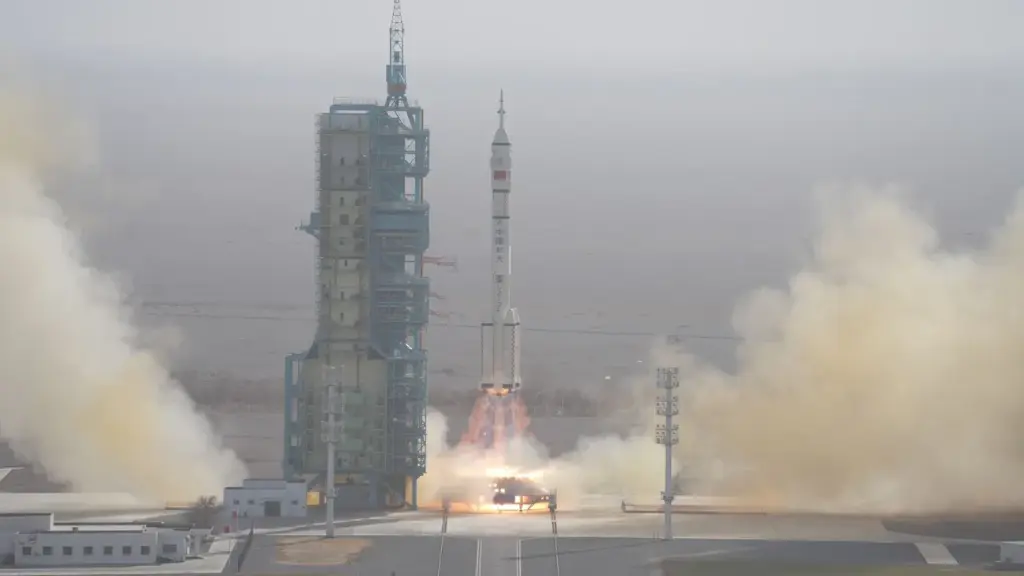
After an unplanned spaceship exchange at the “Tiangong” (Sky Palace) space station. China The new return capsule was sent into space. The unmanned spacecraft “Shenzhou 22” took off from the Jiuquan cosmodrome in northwestern China’s Gobi Desert around noon (local time) on a “Long March 2F” carrier rocket, the manned space agency announced. The vehicle with food and spare parts on board was supposed to dock at “Tiangong”, where the three crew members of the “Shenzhou 21” mission were waiting for it.
Zhang Lu, Wu Fei and Zhang Hongzhang, who just started their six-month stay in space in early November, now have the opportunity to return to Earth. Upon arrival, they had to hand over their spaceship to their predecessors in the “Shenzhou 20” mission, who were stranded in space – the first such incident in the history of “Tiangong”.
What happened?
The “Shenzhou 20” crew was actually supposed to fly back to Earth on November 5 on their spacecraft of the same name. But cracks in the windows, which Chinese space experts assumed were caused by collisions with small pieces of space debris, initially delayed the object’s return indefinitely.
Mission management ultimately decided that the three men should be transferred to “Shenzhou 21” on November 14 and returned. The start of “Shenzhou 22”, which was actually only planned for April 2026 as part of a semi-annual crew swap, has now been moved forward.
The fate of “Shenzhou 20” is unclear
It is still unclear what will happen to “Shenzhou 20” which is still docked with the space station. “Shenzhou 22” carried spare parts to repair the window to space. In mid-November, the space agency said the capsule would remain in orbit for further testing.
Space junk refers to all objects that are no longer used, such as satellites or their fragments, due to collisions or explosions. Space debris has become an increasingly pressing problem over the decades of international space travel.
© dpa-infocom, dpa:251125-930-336714/1





